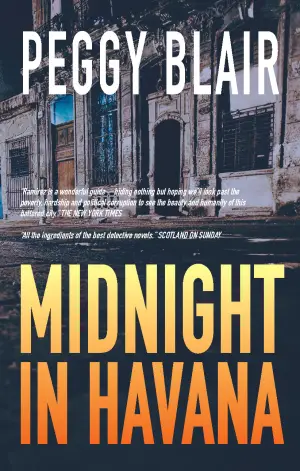A Journey of Heartbreak and Hope: A Review of Salt to the Sea
From the moment I first saw the intriguing title Salt to the Sea by Ruta Sepetys, I was captivated. The blend of historical tragedy with the personal stories of individuals struck a chord with me—a reminder that history often hides its darkest moments in the shadows. As someone who thrives on learning from the overlooked corners of our past, I couldn’t resist diving into this haunting narrative.
Set against the backdrop of World War II, Salt to the Sea introduces us to four unforgettable characters—Joana, Florian, Emelia, and Alfred. Each carries their scars and secrets as they converge on the ill-fated Wilhelm Gustloff, a ship promised to ferry them away from despair. Sepetys cleverly employs multiple perspectives, inviting readers to uncover each character’s unique journey amidst the chaos of war. Joana’s fierce determination as a nurse, Florian’s cautious bravado, Emelia’s resilience, and Alfred’s disturbing yet revealing mindsets create a rich tapestry that brings the desperate human spirit to life.
One of the book’s standout aspects is its pacing. The chapters, often no more than a few pages, are tightly woven, creating a sense of urgency and intrigue that propels you forward. I found myself whispering “just one more chapter” well into the night, engrossed in both their struggles and the grim reality of their situation. The prose sparkles with clarity and vividness, making the harrowing details of their journey not just read but felt. Sepetys manages to balance the weight of historical accuracy with emotional depth, immersing us entirely in the characters’ parallel stories while never losing sight of the broader tragedy at hand.
Famous for detailing forgotten moments of history, Sepetys brings to light the sinking of the Wilhelm Gustloff, an event tragically eclipsed by less deadly sea disasters like the Titanic. It’s this shift in focus that compelled me to reflect on how history often buries its unrecognized tragedies. This realization lingered with me long after I turned the last page. One particularly poignant moment was Emelia’s reflection on hope amidst despair, a theme that resonates powerfully and offers a complex interplay of light and darkness throughout the narrative.
For readers who appreciate historical fiction intertwined with profound emotional journeys, Salt to the Sea is a must. It’s a haunting reminder of the fragility of life during one of humanity’s darkest hours, yet it manages to leave you with a flicker of hope. Whether you’re well-versed in stories of World War II or just beginning your exploration of this historical terrain, Ruta Sepetys invites you to connect with characters whose resilience speaks to the inexhaustible human spirit. This gripping tale will have you questioning the cost of war and cherishing the bonds of humanity that persist even in the direst circumstances.
In conclusion, Salt to the Sea is more than just a book; it’s a poignant exploration of survival, loss, and the enduring search for peace in turbulent times. It left me with a renewed sense of empathy and a heart ready to embrace stories of those who lived through the storms. If you’re seeking a read that is both deeply impactful and beautifully crafted, this is one voyage you won’t want to miss.












